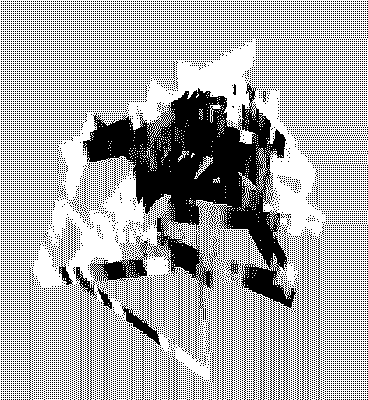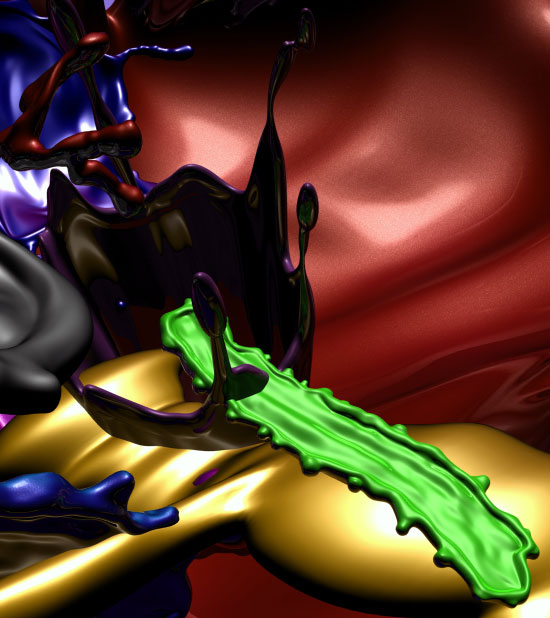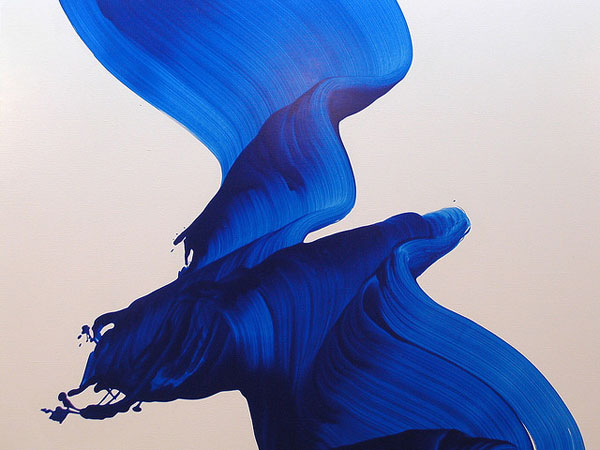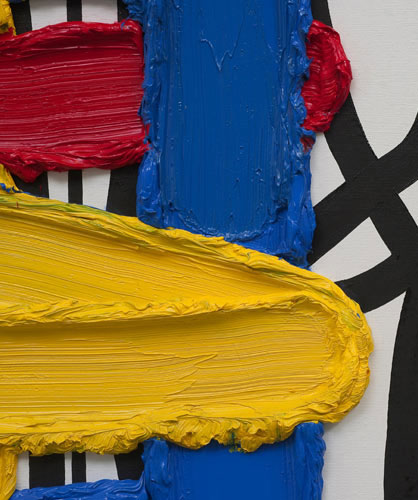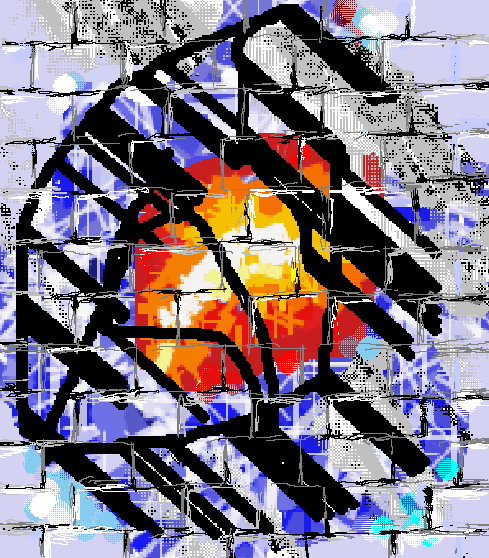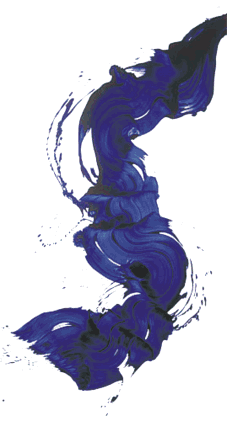
Speaking of James Nares, frankhats found this animated version of one of Nares' paintings on a paint store website in South Africa.
(In case it needs to be mentioned, Nares was part of the No Wave in NY and played guitar in an early line-up of the Contortions.)

